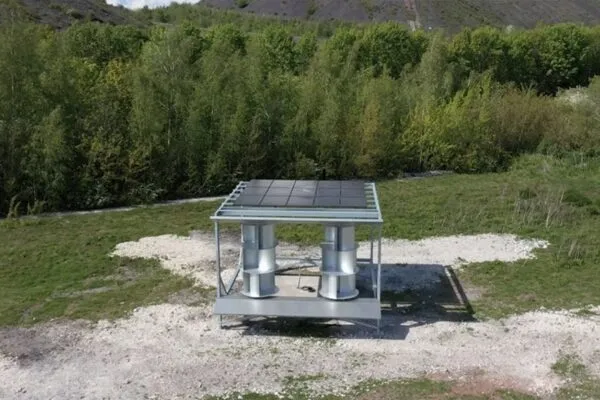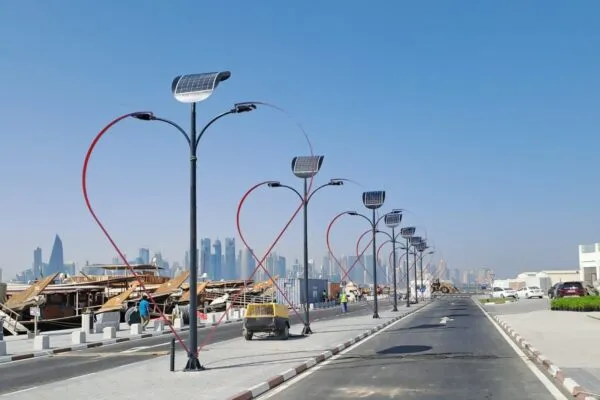Ultra-efficient quantum dot solar technology converts glass windows into clean electricity generators
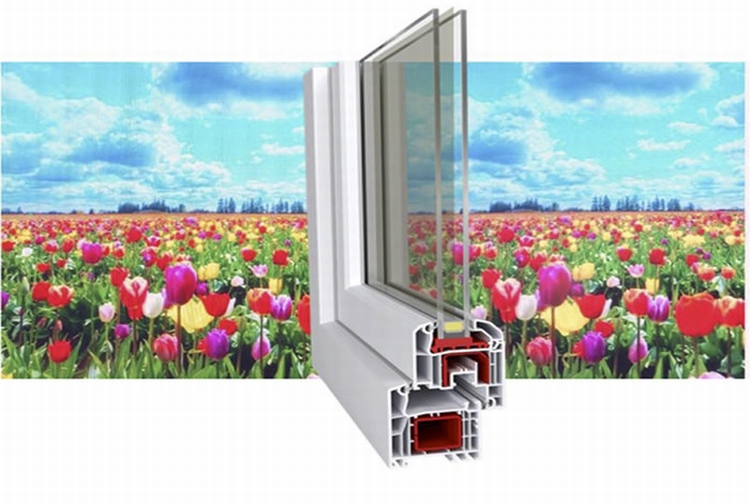
Researchers at the Center for Advanced Solar Photophysics (CASP) of Los Almos have achieved a breakthrough in luminescent solar concentrator technology.
They have invented a new class of low-cost, low-hazard quantum dots to deal with some of the biggest roadblocks incommercial deployment of highly efficient large-area colourless luminescent solar concentrators using heavy-metal-free colloidal quantum dots.
Last year, the team had demonstration how nanosized particles or semiconductor quantum dots can transform any glass window into electric generator. Earlier, roof of commercial and residential buildings were the only options to install solar panels. However, quantum dot LSCs can be applied on almost anything that features glass windows or doors.
Previously, scientists were troubled by reabsorption losses of the guided light by nanoparticles and use of heavy metal cadmium, which is not only very toxic but also harvests only a small portion of the solar light. This limited its efficiency and also resulted in strong yellow/red coloring of the concentrators. Coloring of the concentrator was a disadvantage in application in residential environments.
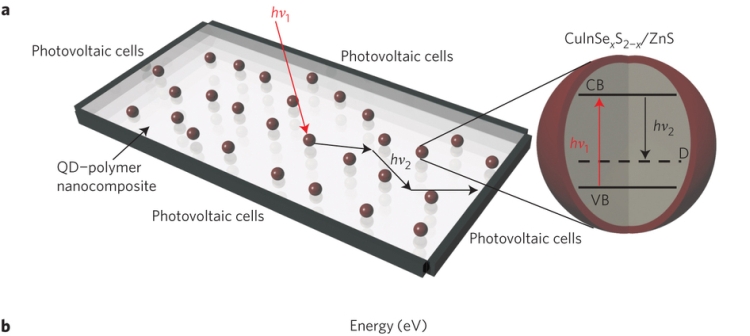
Now, the researchers have solved the issue by using new devices that uses quantum dots of a complex composition, which is free from toxic metals found in previous LSCs. Rather, it features copper, indium, selenium and sulfur (CISeS).
As CISeS quantum dots offer a uniform coverage to the solar spectrum, it leaves only a neutral tint on windows without creating any distortion to perceived colors. The quantum dots are highly suitable for silicon-based solar cells.
Francesco Meinardi, professor of Physics at Department of Materials Science of the University of Milan-Bicocca (UNIMIB) explains, “In order for this technology to leave the research laboratories and reach its full potential in sustainable architecture, it is necessary to realize non-toxic concentrators capable of harvesting the whole solar spectrum. We must still preserve the key ability to transmit the guided luminescence without reabsorption losses, though, so as to complement high photovoltaic efficiency with dimensions compatible with real windows. The aesthetic factor is also of critical importance for the desirability of an emerging technology.”
This breakthrough has almost assured successful use of technology to convert glass windows into clean electricity generators. In densely populated urban areas, it can prove to be a boon. For example, consider surface area of glazing of the One World Trade Centre In NYC that spreads on 72,000 square meters that is divided by 12, 000 windows. With this new technology, this surface can feed 352 apartments.
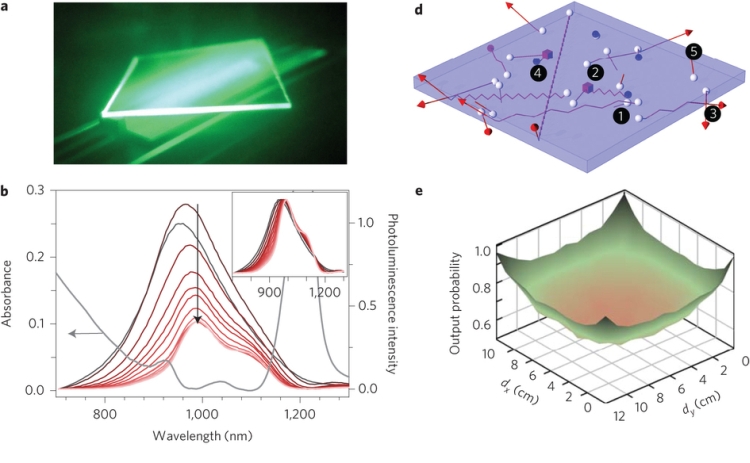
Moreover, filtering effect by the LSC lowers the heating of indoor spaces by sunlight, reducing need for air conditioning. The technology is likely to prove a game-changer in the way solar energy is harvested.

